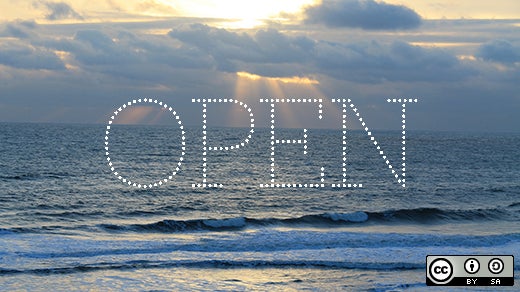"Having an expensive camera and Photoshop doesn't make you a professional photographer—not needing them does."
I'm not sure who the original source of that quote is, but I heard it from one of my professors in college. While most focused on the "expensive camera" part of that quote, I prefer to focus on the "Photoshop" part. Historically, the topic of photography workflow on a computer always brought thoughts of older Macintosh or Apple systems. Over time, however, Windows became just as capable in most people's minds.
With the domination of Photoshop and Lightroom these days, most people scoff at the idea of a professional workflow on anything other than Windows or a Mac. The wonderful irony is that there are actually more open source options out there for us to run on our Linux systems. The software landscape on Windows and Mac is so dominated by Photoshop and Lightroom that there aren't many other alternatives on those operating systems. We know of a better way—the open source way—and this is yet another example of how open source leads to more options and innovations.
I find it sad that most people don't realize how many options there are for photography software on Linux. While most Linux users are aware of GIMP, their knowledge beyond that is sorely limited. Surprising to many is the fact that professional photography on Linux is such a serious business that there are even closed source proprietary programs that are developed and sold to run on Linux.
The ability to work with RAW files from a camera is a must for professional and amateur photographers alike. While this initially may seem like a very specific niche where the options would be limited, the open source philosophy has helped create many options. Darktable, Lightzone, Shotwell, RawTherapee, digiKam, Photivo, UFRaw, and Fotoxx are all open source options that a Linux user can choose from.
The same story plays out when we look at the other tools of the trade: image editors, image viewers, image management, etc. The open source mindset has blessed us with a multitude of options to fit every person's workflow and desires. Instead of being locked into the choices that Adobe has made for us, we not only can find a program that best fits our desires, but we can actively take part in developing a better software solution.
The options don't end with RAW editors. Open source tools are available for every other step along the process of a photography workflow. From ingestion of the photos from your camera using tools like Rapid Photo Downloader or incron, through RAW editing and onto editing with GIMP and album management with DigiKam or F-Spot, there are multiple open source applications available to choose from. Don't just pick one and stick with it; embrace the advantage that open source gives us and try all of them. Find out what features you like and think would be helpful and encourage the developers to continue the work their doing.
I will be giving a talk at SouthEast LinuxFest on Saturday, June 11, where I will be covering a lot of these tools and taking questions from attendees about photography on Linux. For those embracing the mobile workflow, I'll also be touching on what's available on Android as well. If you're in the area, stop by! It's free to attend.







17 Comments